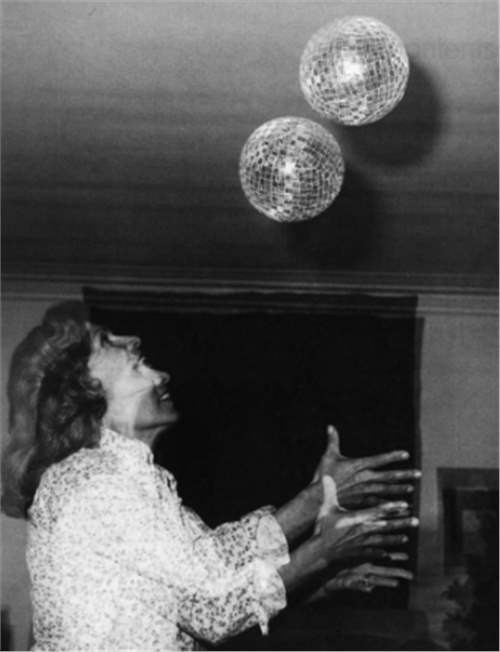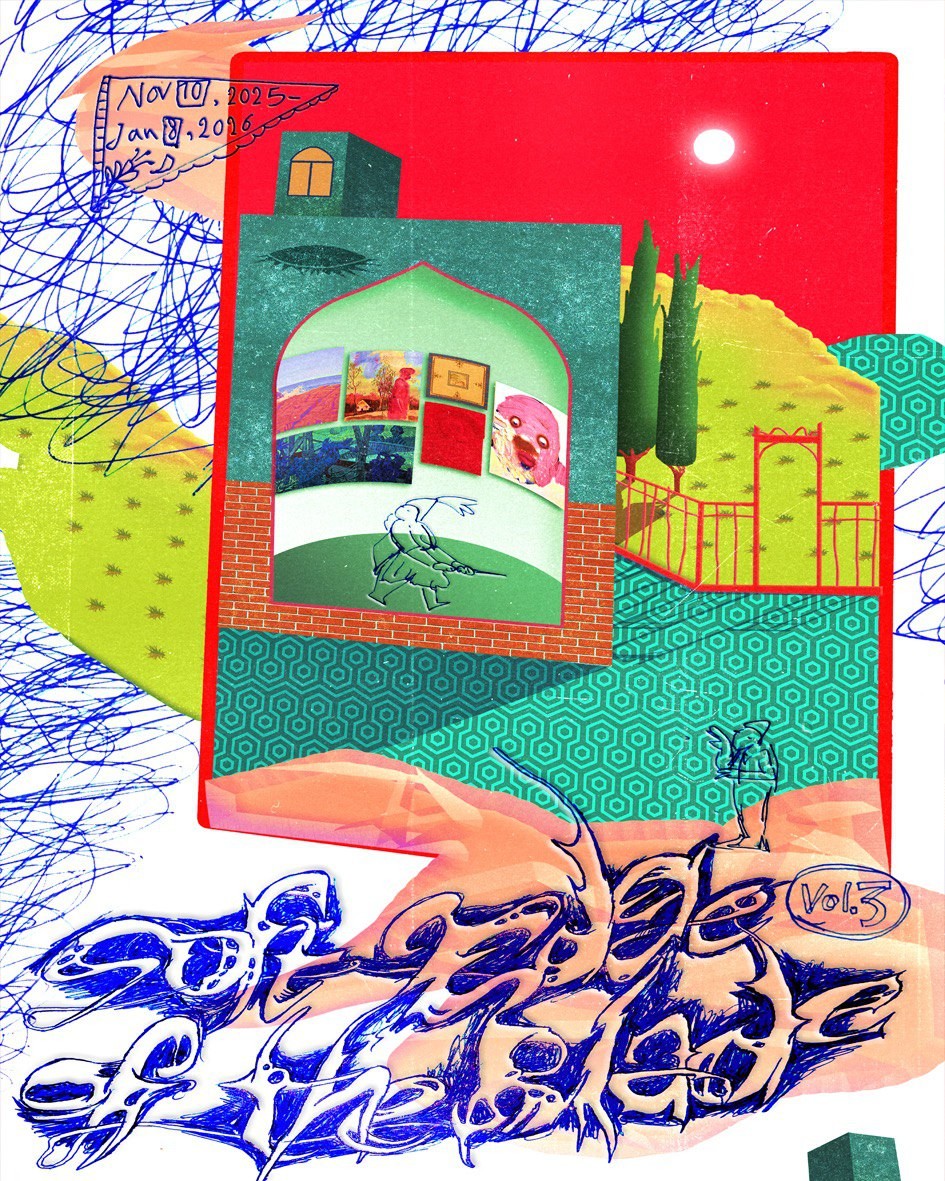Dubai,
Exit 43 off Sheikh Zayed Road, Street 8, Al Quoz 1, Alserkal Avenue, Dubai, UAE
24 September 2018 - 3 November 2018
The Third Line is pleased to present The Breeze at Dawn Has Secrets to Tell You, a solo exhibition featuring Monir Shahroudy Farmanfarmaian’s most recent body of work. While they continue to draw from Islamic cosmology, mathematics and Sufi mystic philosophies, Monir’s mixed-media installations define a new step in the artist’s ever-evolving practice as she for the first time experiments with kinetic art.
The Breeze at Dawn Has Secrets to Tell You
Don't go back to sleep!
You must ask for what you really want.
You must ask for what you really want.
Don't go back to sleep!
People are going back and forth across the doorsill
where the two worlds touch,
The door is round and open
Don't go back to sleep!
Don't go back to sleep!
Excerpted from a poem by 13th century Sufi poet Rumi, The Breeze at Dawn Has Secrets to Tell You stands as a reminder that the changes we strive for lie within our hands, as thresholds that demand to be crossed, opportunities to be seized.
Reminiscent of such gates, Monir’s mirror mosaic representations of geometrical figures are framed by curtains of reverse-painted plexiglass strands that one imagines could oscillate in the wind. Suspended from the frame of several works are pendants that mirror the geometrical shapes of the works from which they hang. Drawn from Monir’s childhood memories of her nanny wearing a microscopic Quran page medallion pinned to her sleeve, these adornments remind us of the sacred geometry principles that have been at the core of the artist’s practice for the past five decades. Each of the shapes possesses mathematical attributes and consequently, its own meaning. Thus, the triangle becomes a symbol of harmony representing the soul and the three forms of action: mental, physical and verbal, while the square is synonymous with stability, the four cardinal points and the four seasons.
To take a closer look at the reflective surfaces that host the various geometrical shapes is to realize that the mirror has been shattered in what seems like the ultimate gesture materializing both Monir’s avant-garde practice and her forever young and playful spirit. The fragmented planes also hint at the historical origins of the mirror mosaics used in Iranian architecture: in the 18th century, mirrors imported from Europe that arrived broken were salvaged by local craftsmen, who reassembled cracked elements into patterns imitating traditional Iranian tiles.
Also on display will be 2018 iterations of Monir’s famed 1970s Mirror Ball works—spherical sculptures comprising myriads of hand-cut mirror elements inspired by the sight of children playing football in the streets of Tehran.
In conjunction with the exhibition, The Third Line will screen Monir, a documentary that explores the artist’s life and practice and uncovers how she came to be one of the most influential and innovative practitioners in the Middle East. Monir is directed by Bahman Kiarostami and produced by Leyla Fakhr.

Available Nearby Exhibitions
Soft Edge of the Blade Vol. 3
10 November 2025 - 8 January 2026
